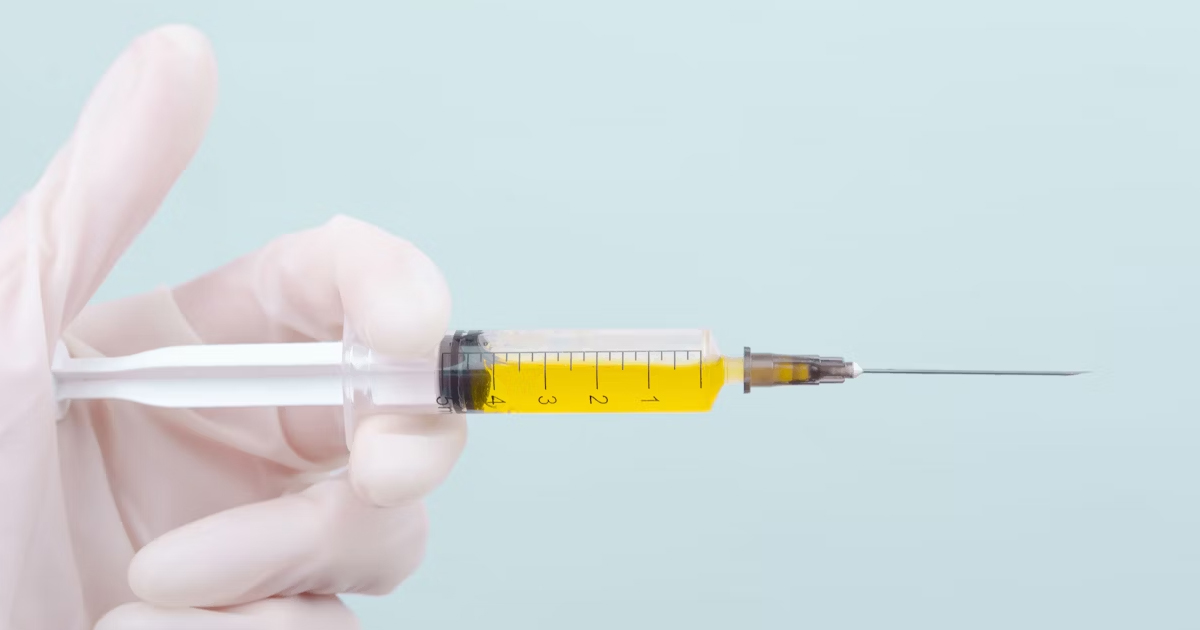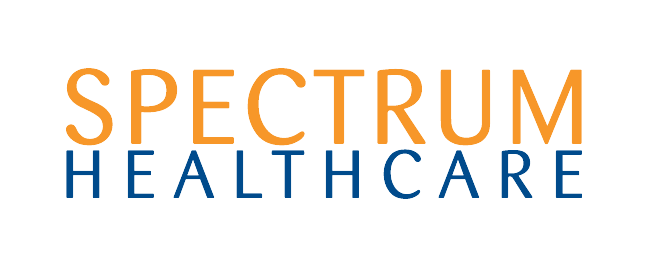
PRP Injections for Tendon Injuries: A Clinician's Guide
Platelet-Rich Plasma (PRP) injections have attracted increasing attention within the medical community as a potential treatment for various musculoskeletal conditions, particularly tendon injuries. This guide offers a comprehensive overview of PRP therapy, its mechanism of action, and the current evidence supporting its use, relevant to clinicians in North Ryde, Macquarie Park, and beyond, including our network of sports doctors and allied health professionals.
Understanding PRP: A Biological Perspective
PRP is an autologous blood product obtained by centrifuging whole blood to concentrate platelets. This process produces a plasma fraction enriched with platelets, usually 3-5 times the baseline concentration. These concentrated platelets contain numerous growth factors and bioactive proteins, including PDGF, TGF-β, VEGF, EGF, and FGF, all vital for tissue healing and regeneration. PRP therapy aims to deliver a supraphysiological concentration of these factors directly to the injury site, thereby enhancing the natural healing cascade.
Mechanism of Action: Cellular and Molecular Effects
The release of growth factors and bioactive proteins from activated platelets mediates the therapeutic effects of PRP. These factors exert their effects via:
- Chemotaxis: Recruiting reparative cells, such as fibroblasts and mesenchymal stem cells, to the injury site.
- Cell Proliferation: Stimulating the proliferation of these reparative cells.
- Angiogenesis: Promoting neovascularisation to enhance nutrient supply to the healing tissue.
- Extracellular Matrix (ECM) Synthesis: Enhancing collagen synthesis and other structural proteins necessary for tissue repair and remodelling.
In the context of tendon injuries, PRP has been demonstrated to stimulate collagen production, improve tendon structure, and enhance the mechanical properties of the healing tendon by modulating tenocyte activity and ECM organisation.
Evidence-Based Review: Clinical Studies and Meta-Analyses
Recent systematic reviews and meta-analyses provide valuable insights into the efficacy of PRP for various tendon injuries. Key findings include:
General Tendinopathy
Chen et al. (2021) conducted a comprehensive review of 76 randomised controlled trials (RCTs) involving 3,583 patients, demonstrating that PRP injections were superior to placebo and other injectable treatments for pain relief and functional improvement in tendinopathy, particularly for lateral epicondylitis and rotator cuff tendinopathy. The effect size varied based on PRP preparation and injection technique.Long-Term Outcomes
Ahmadi-Bani et al. (2022) focused on the long-term effects of PRP in tendinopathy, concluding that PRP injections showed promising long-term results, especially for chronic tendinopathies refractory to other conservative treatments. Further research is needed to determine the durability of these effects.PRP vs. Corticosteroids
Liu et al. (2019) compared PRP with corticosteroid injections for tendinopathy, finding that while corticosteroids may offer better short-term pain relief, PRP was more effective in the long term and had a lower risk of complications.- Specific Tendon Injuries
- Achilles Tendinopathy: Wang et al. (2022) analysed 10 RCTs and reported that PRP injections significantly improved pain and function compared to placebo or other treatments in Achilles tendinopathy.
- Rotator Cuff Injuries: Hurley et al. (2021) found moderate evidence supporting the use of PRP for pain reduction and functional improvement in rotator cuff-related shoulder pain. Subgroup analysis suggested greater benefit in partial tears and earlier stages of tendinopathy.
- Patellar Tendinopathy: Andriolo et al. (2019) concluded that PRP showed promise for patellar tendinopathy, especially when combined with appropriate rehabilitation protocols.
Clinical Application: Patient Selection and Treatment Considerations for Practitioners in North Ryde & Macquarie Park
PRP therapy may be a valuable adjunct for patients with chronic tendinopathies that have not responded to conservative treatments. Key considerations include:
- Patient Selection
Carefully evaluate patients to rule out other underlying conditions and ensure an accurate diagnosis. Consider factors such as age, chronicity of symptoms, and previous treatment history. - PRP Preparation
Recognise that PRP preparation methods vary significantly, influencing the final platelet concentration and growth factor composition. Understand the PRP product's characteristics (e.g., leukocyte-rich vs. leukocyte-poor). - Injection Technique
Employ precise injection techniques, guided by ultrasound or other imaging modalities, to ensure accurate delivery of PRP to the target tissue. - Rehabilitation
Implement a structured rehabilitation program post-injection to optimise tendon healing and functional recovery. This should include progressive loading exercises and activity modification.
Collaboration with Spectrum Healthcare & Our Sports Docs Network
At Spectrum Healthcare, we prioritise a collaborative approach to patient care for the North Ryde and Macquarie Park communities. We invite referring practitioners to engage in discussions with our sports doctors to ensure suitable patient selection and coordinated management. Our network focuses on evidence-based practices and employs PRP preparations and protocols that align with the latest best practices. Get in touch with us to discover more about our approach and referral pathways.
Contact us today (02) 9889 3344
